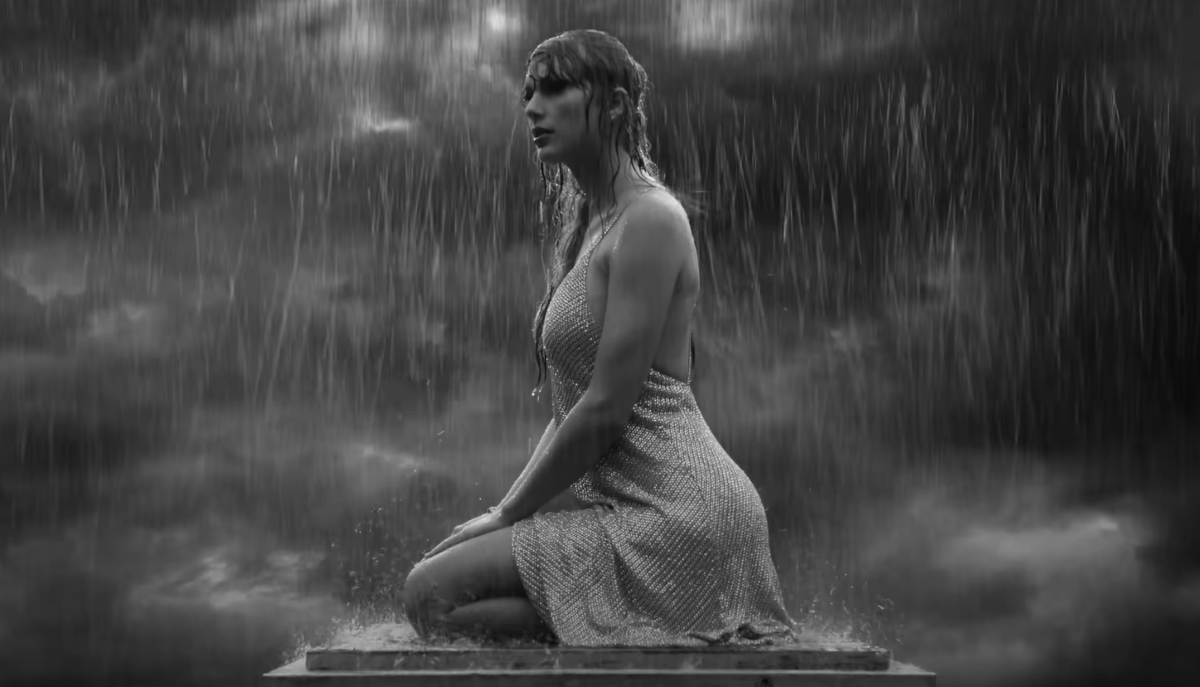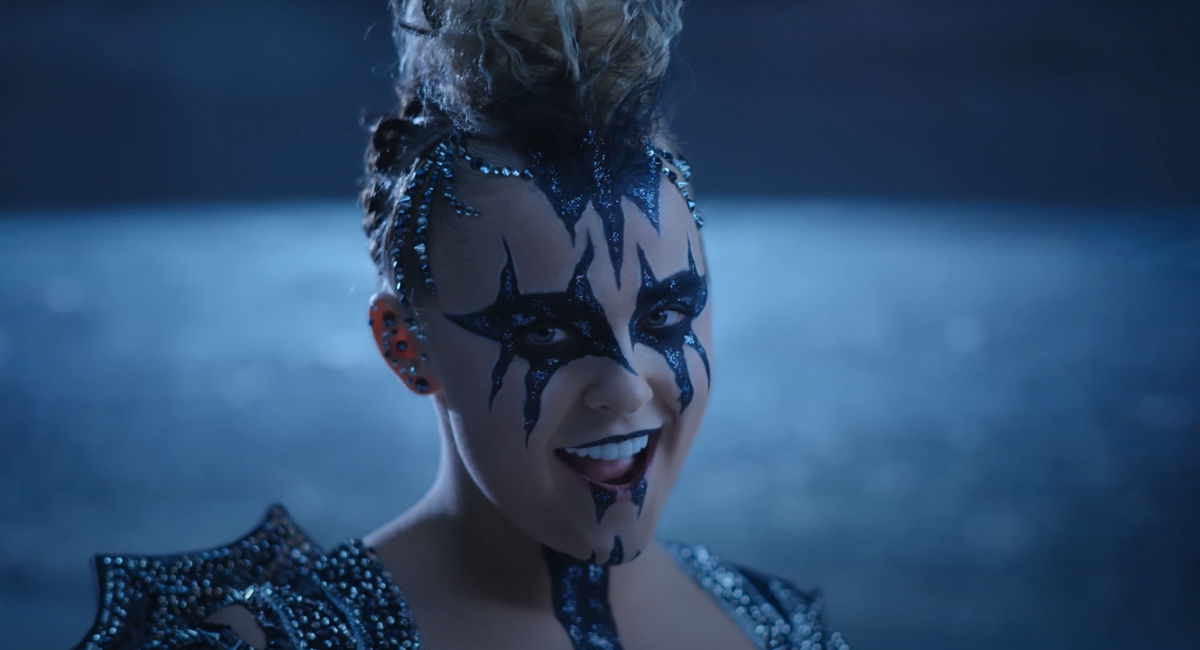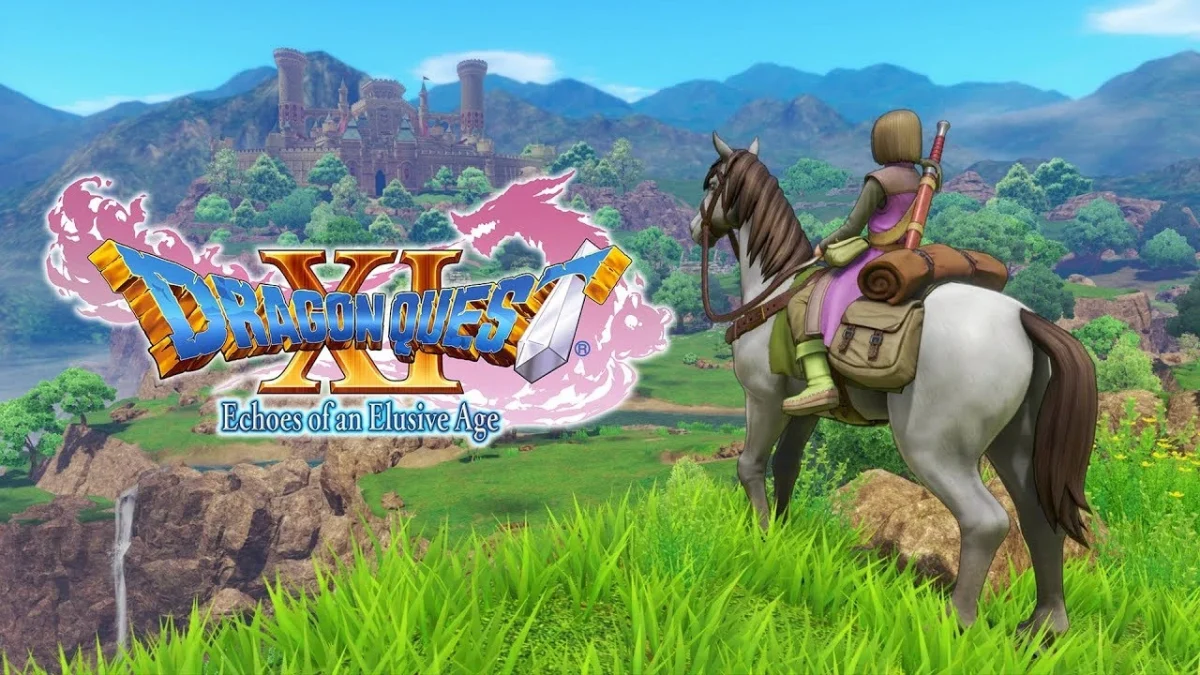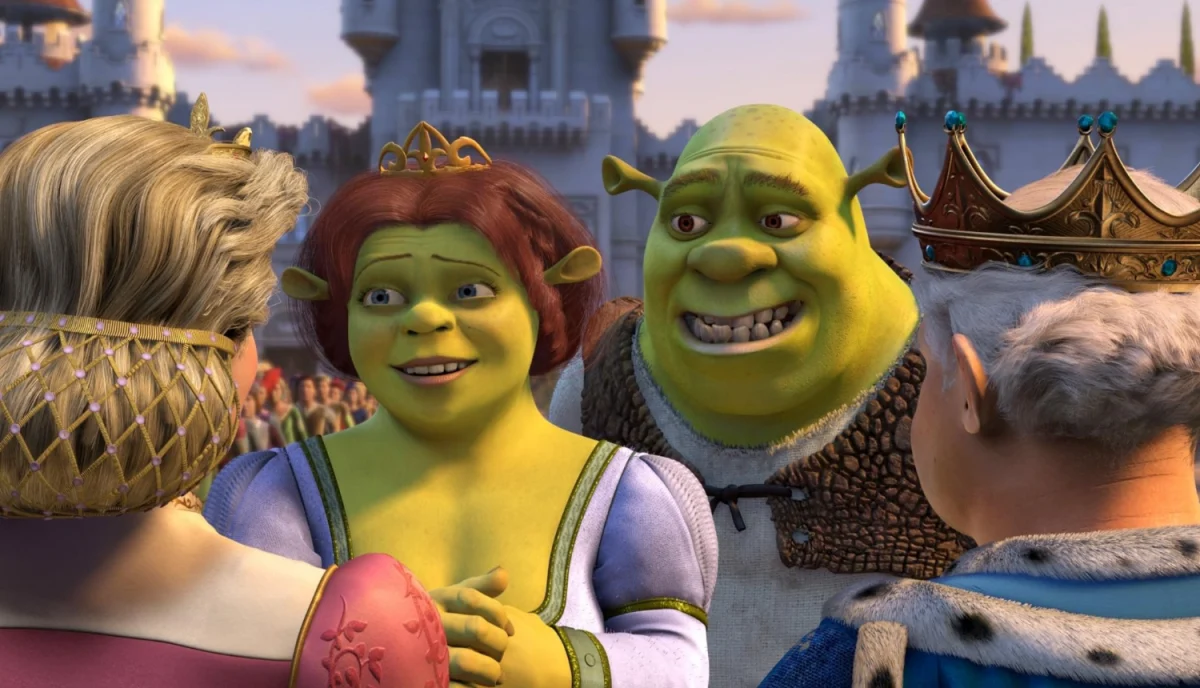 Kathlyn Hotynski
Kathlyn HotynskiIf you’ve been paying attention to the news recently, you’re probably well-acquainted with the Virginia Tech shootings that occurred April 16.
It’s just as likely that you’ve become well-acquainted with the young man responsible for the attacks – 23-year-old Cho Seung-Hui.
You might have seen an interview with the shooter’s roommates. You may have seen an interview with the shooter’s professors. You might have even seen interviews with psychologists detailing the psyche and mindset of the killer.
But what have you learned about the victims? It seems that CNN – the news channel that I have paid closest attention to during this whole ordeal – has paid an alarmingly small amount of attention to the 32 murdered victims of the shooting. Even less attention seems to have been paid to those wounded in the attack.
And don’t get me wrong; there hasn’t been a complete lack of press coverage given to the victims. MSNBC.com, for example, released the profiles of those murdered in the shooting.
However, this information wasn’t released until a few days after the incident; and since then, the media has continued to focus primarily on the killer himself and has seemed to ignore the victims.
Providing too much coverage on the murderer sends the wrong message. It says the media is willing to give tremendous attention to a person responsible for the deaths of nearly three dozen people, but is only willing to briefly discuss the victims themselves.
Disenfranchised, unstable, paranoid or dangerously depressed young people see the killer’s face blazoned across TV screens and on the front pages of almost every newspaper in the country. They watch as people discuss the killer’s psyche and they listen to former roommates talk about the killer.
In essence, they witness a mass murderer’s rise to infamy. Never mind the terrible atrocities this young man committed. Forget about the dozens of lives he took and the families he shattered. This person is getting covered by the national media. People across the country are speaking his name.
And to people like Cho, that’s all that matters. Young, hostile people are emboldened by the opportunity to gain such nationwide attention for themselves, and Cho’s actions may be just the spark that sets these people over the edge.
Don’t believe me? Just look at some of the attempted copycat killers that have made the news since the Virginia Tech killings.
According to an article printed on MSNBC.com, 36 schools in 12 school districts across northern California went on lockdown on the Thursday after the attack. The lockdown was in response to a man’s threat to carry out an attack that he said would “make Virginia Tech look mild,” as quoted in the article.
On the Wednesday following the Virginia Tech incident, eight buildings on the University of Minnesota-Twin Cities campus were closed off after a bomb threat was discovered in a men’s restroom, according to The Minnesota Daily, the student newspaper at the university.
Other schools, including Kalamazoo Valley Community College (Mich.) have closed after similar threats, according to MSNBC.com.
It’s clear that copycat killers are a very real possibility, and it would seem obvious that the more exposure Cho receives, the more emboldened others like him will become to carry out similar attacks at schools across the nation.
But on the other hand, it is certainly not my intention to argue that no attention should be given to the killer whatsoever. The crime he committed is indeed heinous and deplorable, and as the perpetrator of the crime, he will undoubtedly receive at least some attention from the media.
However, a line must be drawn between necessary coverage and too much coverage. Clearly, it would seem that providing too much coverage to a person like Cho would result in a higher risk of similar attacks.
A better – and perhaps obvious – approach may be to cover both the killer and the victims with more equity, providing a proportionate amount of information regarding both parties. Failing to do so may result in the perpetration of similar attacks.
Journalists must always be careful to provide balance to their stories, and this case illustrates the possibly dangerous results of an imbalanced story.
Bennett is a freshman print journalism major and chief copy editor of The Spectator.






